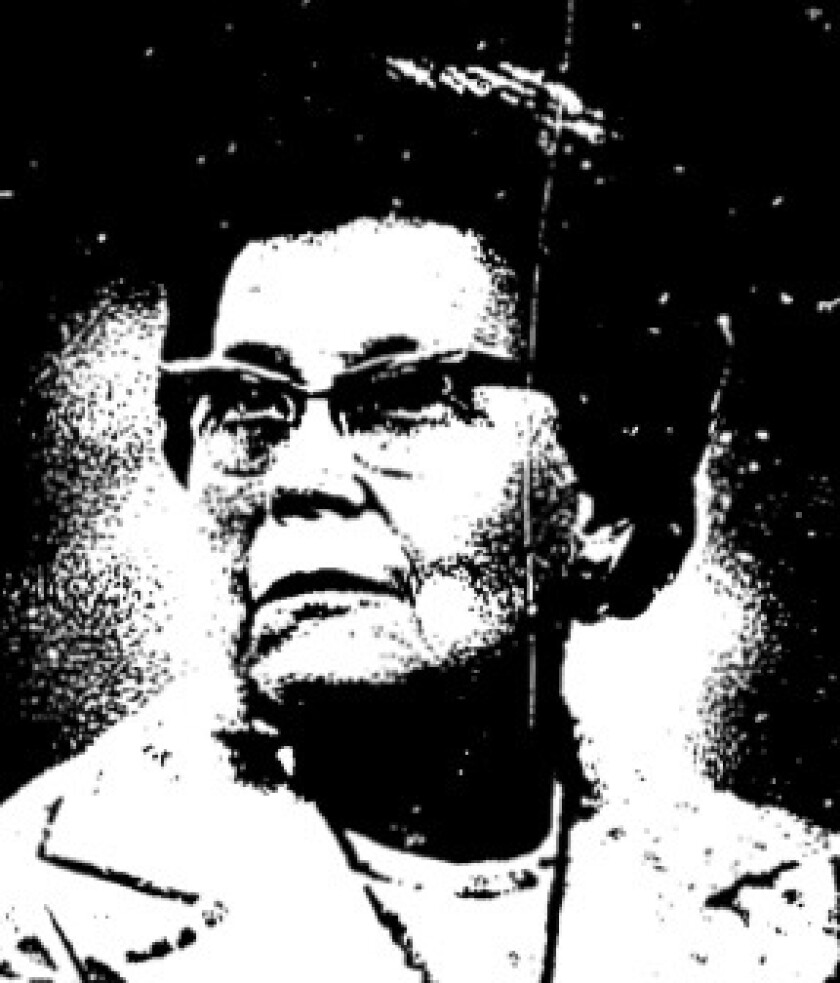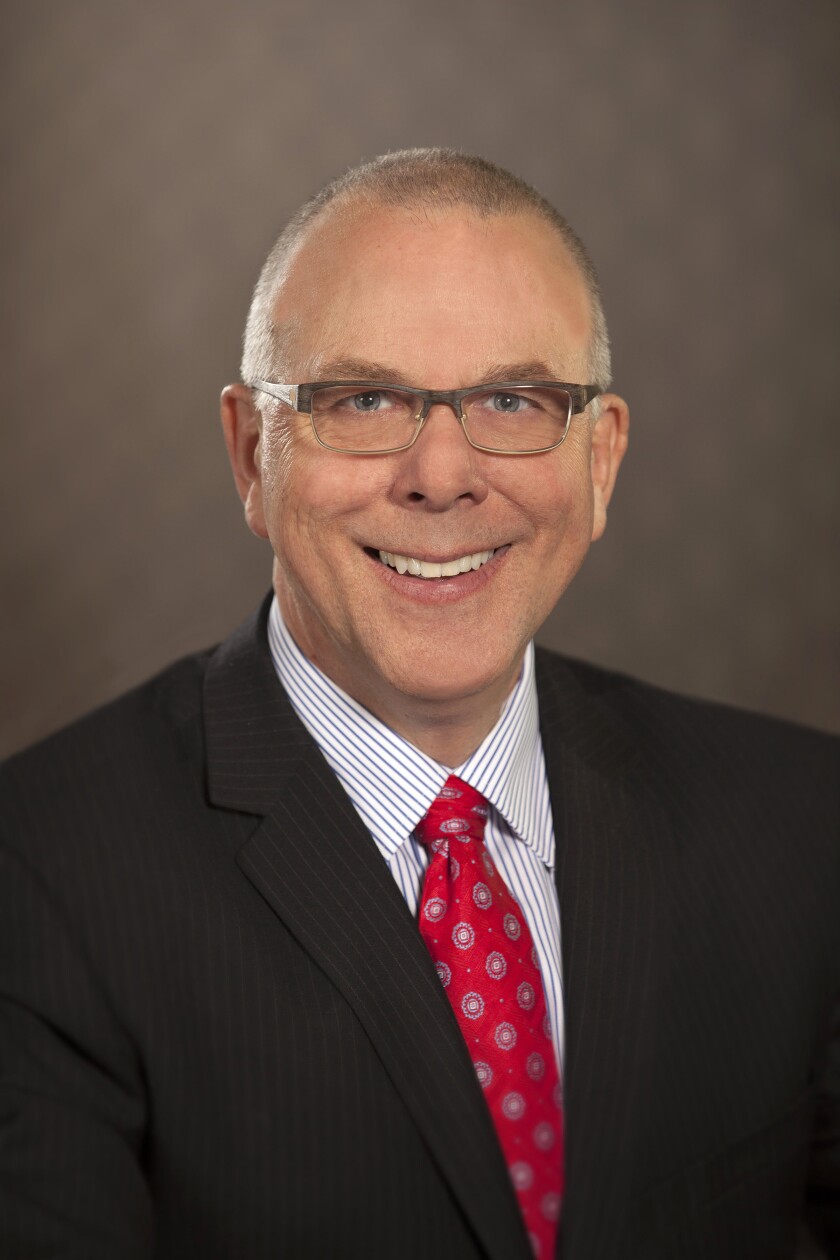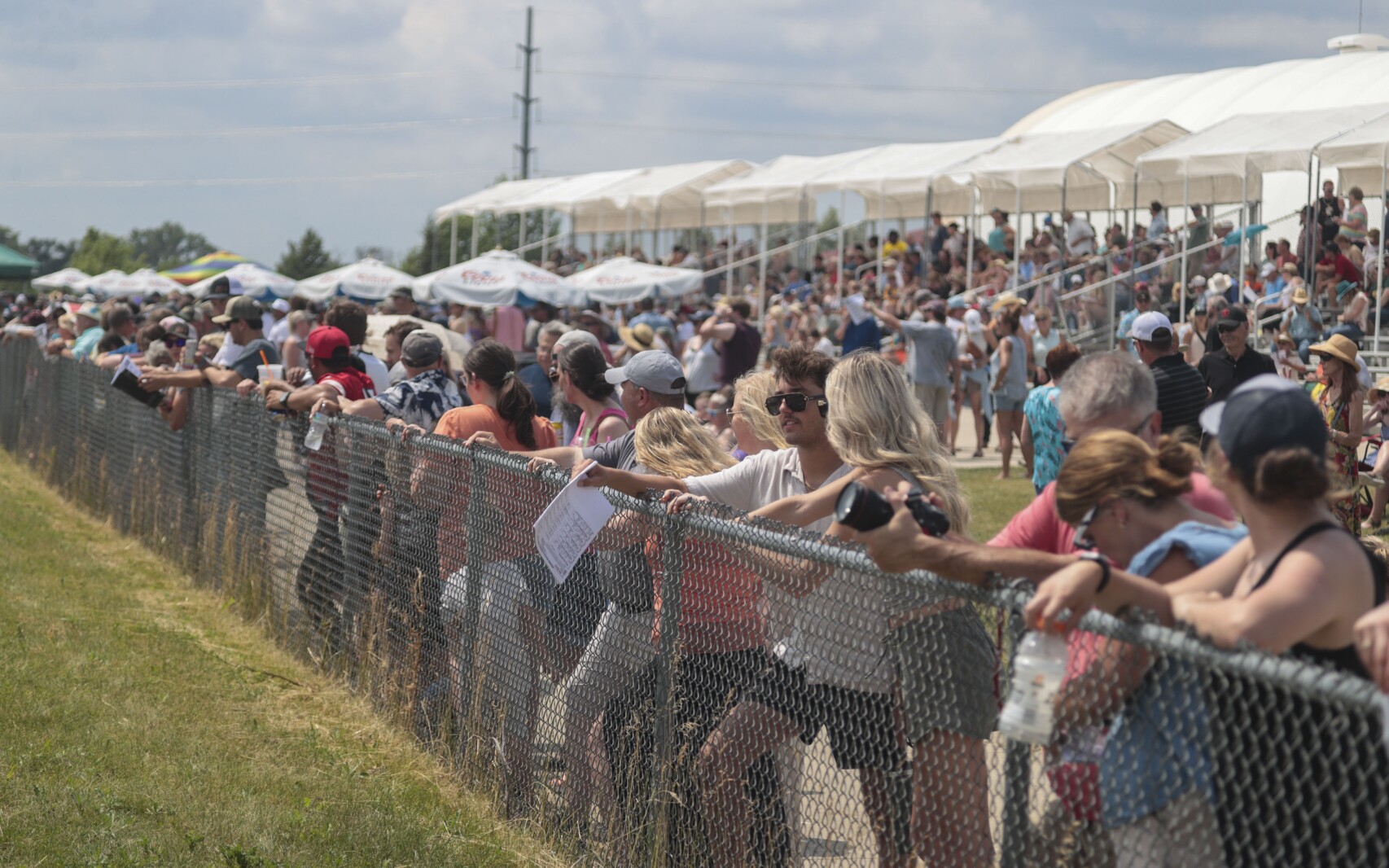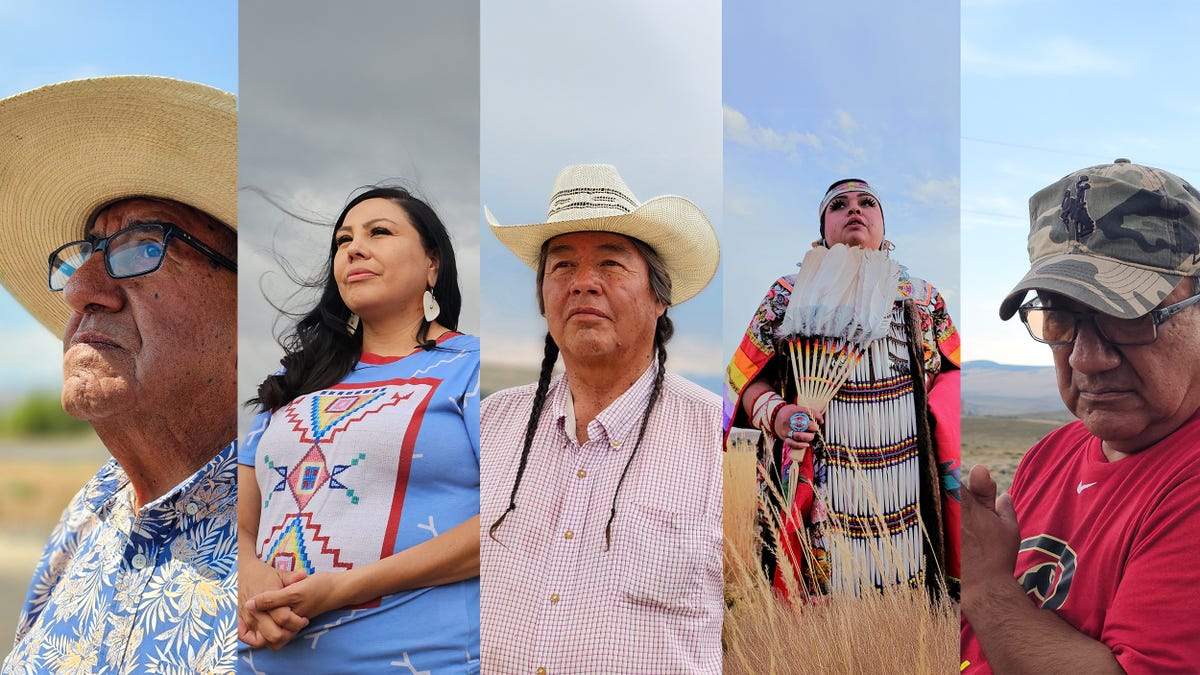North Dakota
Interesting observations of the North Dakota Legislature

A study of the North Dakota Legislature – its history, composition, and the individuals within that governing body – can be fascinating. Throughout the years, frequent relationships between legislators can be found as well as representations from a few different political parties. For this article, I concentrated on some items that were of interest to me, and I hope my findings will be of interest to you also.
North Dakota has had over 3,300 people serve in its state legislature since 1889. Yet, to my knowledge, only two people have been removed from the position of legislator. In 1897, John Ryan of Grand Forks successfully challenged the seating of John Kinan, and replaced him in the House.
In 2021, Luke Simons, a representative from Dickinson, was expelled for repeated offenses of inappropriate behavior
.
When North Dakota became a state in 1889, 31 senators and 62 representatives were elected as the first session convened on Nov. 19th of that year. The numbers in both chambers remained the same until the 1902 election, when 40 senators and 100 House members were elected. The 1909 session most closely reflected our current legislative make-up, when there were 47 members in the Senate and 95 in the House.
According to a constitutional amendment, “the Senate may consist of 40-54 members and the House may consist of 80-108 members depending on the number of senatorial districts.” The current number of 47 senators and 94 members of the House has remained unchanged since 2003.
Korrie Wenzel / Grand Forks Herald
Over 2,650 people have served in the house, and more than 60% have served multiple terms. The person who served the longest was Brynhild Haugland, from Minot, who served 26 terms (52 years) in the House from 1939 to 1990. Bob Martinson, from Bismarck, had a chance of breaking the record held by Haugland. He was a representative from Bismarck from 1972 to 1996, and has served continuously since 2000, for a total period of 47 years. However, a bill was passed in 2023, limiting legislators to two four-year terms.

Contributed / North Dakota. Dept. of State – North Dakota blue book, 1981, Public Domain
Of the 830 people who have served in the Senate, over 60% served two or more four-year terms. Two North Dakota senators served over 40 years in the state Senate. Duane Mutch, from Larimore, served in the Senate from 1959 to 1976 and again from 1979 to 2006, for a period of 44 years.
Ray Holmberg, from Grand Forks, served continuously from 1976 to 2022, for a period of over 45 years
.
North Dakotans noted for longtime service in the Legislature
Two legislators took over 30 years away from the House to recharge their batteries. John Anderson was elected to the House from Grand Forks in 1906, and after a hiatus of 32 years, he was elected for a second time in 1938 while living in Minnewauken. However, the longest period between sessions belongs to Steve Swiontek, of Fargo. He served in the House from 1976 to 1984, and after 38 years, he was again elected in 2022.

John Gengler, of Dickinson, holds the record for persistence by serving three broken tenures in the House. He was first elected to the House in 1961 and, after serving one term, was elected again for another term in 1965. In 1971 and 1973 he won back-to-back elections and, after being out of office for one term, won back the seat in 1977.
There have been 257 people who have served in both houses of the North Dakota Legislature. All except seven of these people started out in the House, and two of the seven, after being elected to the House, were later elected back to the Senate. Eighty percent of those who started out in the House were elected to the Senate directly from their position in the House.
David Andahl was elected to the North Dakota House in November 2020, despite the fact that he had died a month earlier. About 144 members had died while in the state legislature. Many others resigned because they were elected or appointed to another position, they relocated, or they became too ill to serve. Many of those who resigned legislative positions ran for and/or were elected to state or national executive positions. Of the 33 governors who have held office, 16 had previously served in the state or territorial legislature. Of the 39 lieutenant governors, 23 had served in the legislature and, of the 45 people who have served in the U.S. Congress from North Dakota, 18 had previously been in the state legislature.
It is also interesting to note that two people who had been members of the U.S. Congress later served in the state legislature. After representing North Dakota’s west district in Congress from 1965 to 1968, Rolland Redlin returned to serve 14 terms in the state Senate. Charles Buttz was a U.S. congressman from 1876 to 1877, and later served in the North Dakota House from 1903 to 1908. What is unusual is that the district that Buttz represented in the U.S. House was in South Carolina. He did not run for re-election and, instead, the following year, moved to Dakota Territory.
The most common surnames of state legislators are Johnson/Johnsen, Olson/Olsen, Nelson, Anderson, and Larson/Larsen. There have been over 25 members of the legislature who share each of those surnames. After getting married, at least three members officially changed their last names while serving in the legislature. They are Bonnie Miller/Heinrich, Terry Irving/Eriksmoen, and Amy Kiniske/Warnke.

North Dakota
North Dakota Outdoors: Public lands success story in ND

Submitted Photo
The North Dakota Game and Fish Department manages more than 200 wildlife management areas consisting of more than 200,000 acres spread out across the state. NDGF photo.
“Government land” is a pretty standard designation for most public hunting property.
While 93% of land in North Dakota is held in private ownership, mixed in among the remaining 7% – from national grasslands, national wildlife refuges and waterfowl production areas – is an array of owners and managers.
Having lived and worked in North Dakota my entire life, just the mention of these public lands evokes memories of working, hunting and appreciating what is available. Those lands previously mentioned are all considered federal lands, each with a different role and purpose.
Depending on the location and state, those same-colored signs can be found across the country.
Within North Dakota, the state Game and Fish Department manages more than 200 wildlife management areas (WMA) consisting of more than 200,000 acres spread out across the state.
As you can imagine, there are different soil, habitat and wildlife usage between Magnolia WMA just off Interstate 94 in Cass County to the remote WMAs such as Killdeer Mountain WMA in Dunn County.
What makes the 200,000-plus WMA acres found across the state similar is a concentrated effort to improve wildlife habitat and provide opportunities for hunters and other outdoor enthusiasts.
Robert W. Henderson WMA, located just 6 miles east of Bismarck, is a good example.
Five years ago, 100 acres of the roughly 550-acre WMA was a mat of Kentucky bluegrass.
“The bluegrass got to be about 6- to 10-inches tall then it just matted itself out,” said Levi Jacobson, department wildlife resource management supervisor in Bismarck, of the land that was previously farmed. “We were grazing it aggressively to try and bust through some of that and bring some of the native plants back and we just weren’t gaining ground.
So, we had the neighboring landowner come in and farm it for three years with soybeans, corn and soybeans again.”
May 2022, the revival began by planting a diverse, native mix of 13 forbs and 10 grasses to mimic the native prairie that once dominated the landscape.
“The first year it was planted it was really dry and we didn’t know how successful the planting would be as it often takes a couple years to express vegetation above ground as most of the growth is put into establishing roots,” Jacobson said. “And then this year, with all the moisture it really blew up and looks really good.”
Earlier in summer, some of the native species were shoulder-high and taller, with an impressive undergrowth. The wildlife in the area, from deer to pheasants, to many other bird species, should benefit.
“We try to go heavy on the forbs and the wildflowers because those are going to produce food and the grass is going to provide a lot of cover,” Jacobson said.
The truth of it is once native prairie sod is broken, it’s impossible to completely restore it to a truly native, untouched state.
While more than 75% of the state’s native grasslands have been lost over time, the department continues its effort to enhance wildlife habitat on WMAs around the state.
North Dakota
Biden approves major disaster declaration for North Dakota

FARGO — Less than a month before leaving office, President Joe Biden signed off on FEMA’s declaration of the October wildfires in western North Dakota as a major disaster, allowing federal assistance to flow into the state to supplement recovery efforts.
About 40 wildfires coupled with straight-line winds Oct. 5-6 claimed two lives and destroyed nearly 120,000 acres of land, several homes and multiple outbuildings, causing damage of more than $8 million, officials said. About $3.7 million in damage was caused to rural electrical cooperatives in McKenzie and Williams counties.
The FEMA funding is available to state, tribal and eligible local governments and certain private nonprofit organizations on a cost-sharing basis for emergency work and the repair or replacement of facilities damaged by the wildfires and high winds in McKenzie and Williams counties.
Federal funding is also available on a cost-sharing basis for hazard mitigation measures statewide.
Robert Little III has been named as the federal coordinating officer for federal recovery operations in the affected area. Additional designations may be made at a later date if requested by the state and warranted by the results of further assessments, according to a statement by FEMA.
For more information, visit
ndresponse.gov/wildfire-recovery
.
Our newsroom occasionally reports stories under a byline of “staff.” Often, the “staff” byline is used when rewriting basic news briefs that originate from official sources, such as a city press release about a road closure, and which require little or no reporting. At times, this byline is used when a news story includes numerous authors or when the story is formed by aggregating previously reported news from various sources. If outside sources are used, it is noted within the story.
North Dakota
North Dakota Horse Park gets finances on track as 2025 season takes shape

FARGO — Slowly, the North Dakota Horse Park in Fargo is growing its live horse racing meet and for the first time in nearly a decade, the organization that runs the track is not scrambling to make the tax payment that once loomed over it.
The Fargo track is operated by Horse Race North Dakota, a nonprofit organization that contributed when the track was built in 2003.
At a meeting of Horse Race North Dakota on Friday, Dec. 20. Cindy Slaughter, accountant and co-owner of TaxLady, which contracts with Horse Race North Dakota, said the track’s overall income is up about $93,000 from this time last year.
A fourth weekend of racing cost the track about $148,000 this year. However, that cost can be offset in the future by factors such as attendance and the amount bet on the races.
“There’s a couple of things we could do differently this year to reduce that amount,” North Dakota Horse Park General Manager Hugh Alan Drexler said.
Alyssa Goelzer/The Forum
While Drexler and HRND will look to decrease costs, they will not try to do that at the expense of the horsemen, as they hope to keep purses for each race flat or increase them in 2025.
“I don’t want to cut the purses at all, that would be the last thing we would cut,” HRND President Jay Aslop said.
“That is what our goal is, to promote racing and to increase race dates,” Drexler said. “The day the finances don’t look the same, that is when we need to make a change.”
Live racing receives additional funds from the North Dakota Racing Commission. The commission will meet in February to determine the amount of funds that will be granted to the Fargo track as well as Chippewa Downs, the second horse racing track in North Dakota near Belcourt.
Overcoming financial struggles
Heavy special assessments loomed over the North Dakota Horse Park for several years after it opened.
In 2003, the city of Fargo spent $1.5 million to extend sewer, water and other infrastructure to the track. The city planned to recoup the costs with special assessments, a kind of property tax assessed to benefiting properties, but the city agreed to suspend the assessments for five years in hopes that the race track would stimulate the development of commercial and residential properties. This would spread the assessments over more property owners and create a smaller bill for the track, which in 2015 was about $1.9 million.
The track is now in repayment of its taxes, making annual payments to the city of Fargo, and accountants are confident a fourth weekend of racing in 2025 will not adversely affect the track.
“I don’t have any concerns about running a fourth weekend this year,” Slaughter said.
Horse racing will be held at the Fargo track in 2025 over four weekends, likely July 12 through Aug. 3, track officials said.
“(It will be) some combination of either Friday, Saturday or Saturday, Sunday depending on what other events are going on in the area,” said Drexler.
In 2024, attendance at the Fargo track was up overall with about 8,358 in attendance over the eight race days, up from about 8,127, in 2023.
The Fargo track held horse races on Saturday and Sunday afternoons for four consecutive weekends, starting Saturday, July 13. The weekend of July 27-28, races were held in the evening so as to not compete with the Fargo AirSho. The horse park competed for attendance each weekend as the Fargo Street Fair, Red River Valley Fair and the Renaissance Fair overlapped the schedule. The horse park’s closing weekend coincided with WeFest.
The track hosted only three weekends of racing in 2022 and 2023, as it was constricted to operating expenses and the amount of money granted for a live season by the North Dakota Racing Commission. The Fargo track hosted a four-week meet in 2021 but held only two weekends in 2020.
-
/cdn.vox-cdn.com/uploads/chorus_asset/file/24924653/236780_Google_AntiTrust_Trial_Custom_Art_CVirginia__0003_1.png)
/cdn.vox-cdn.com/uploads/chorus_asset/file/24924653/236780_Google_AntiTrust_Trial_Custom_Art_CVirginia__0003_1.png) Technology6 days ago
Technology6 days agoGoogle’s counteroffer to the government trying to break it up is unbundling Android apps
-

 News1 week ago
News1 week agoNovo Nordisk shares tumble as weight-loss drug trial data disappoints
-

 Politics1 week ago
Politics1 week agoIllegal immigrant sexually abused child in the U.S. after being removed from the country five times
-

 Entertainment1 week ago
Entertainment1 week ago'It's a little holiday gift': Inside the Weeknd's free Santa Monica show for his biggest fans
-

 Lifestyle1 week ago
Lifestyle1 week agoThink you can't dance? Get up and try these tips in our comic. We dare you!
-
/cdn.vox-cdn.com/uploads/chorus_asset/file/25672934/Metaphor_Key_Art_Horizontal.png)
/cdn.vox-cdn.com/uploads/chorus_asset/file/25672934/Metaphor_Key_Art_Horizontal.png) Technology3 days ago
Technology3 days agoThere’s a reason Metaphor: ReFantanzio’s battle music sounds as cool as it does
-

 Technology1 week ago
Technology1 week agoFox News AI Newsletter: OpenAI responds to Elon Musk's lawsuit
-

 News4 days ago
News4 days agoFrance’s new premier selects Eric Lombard as finance minister


















